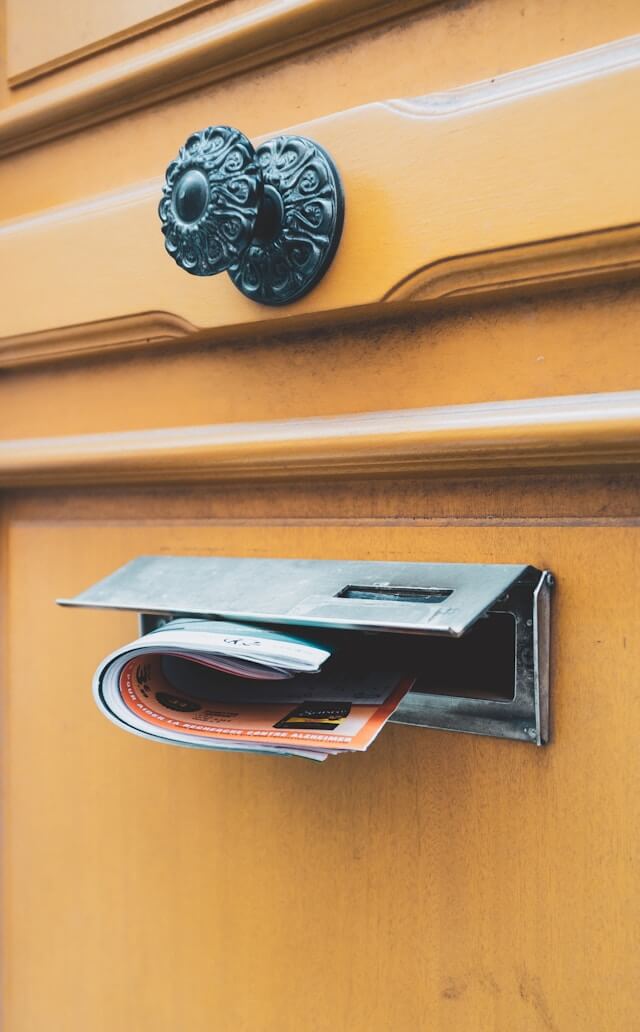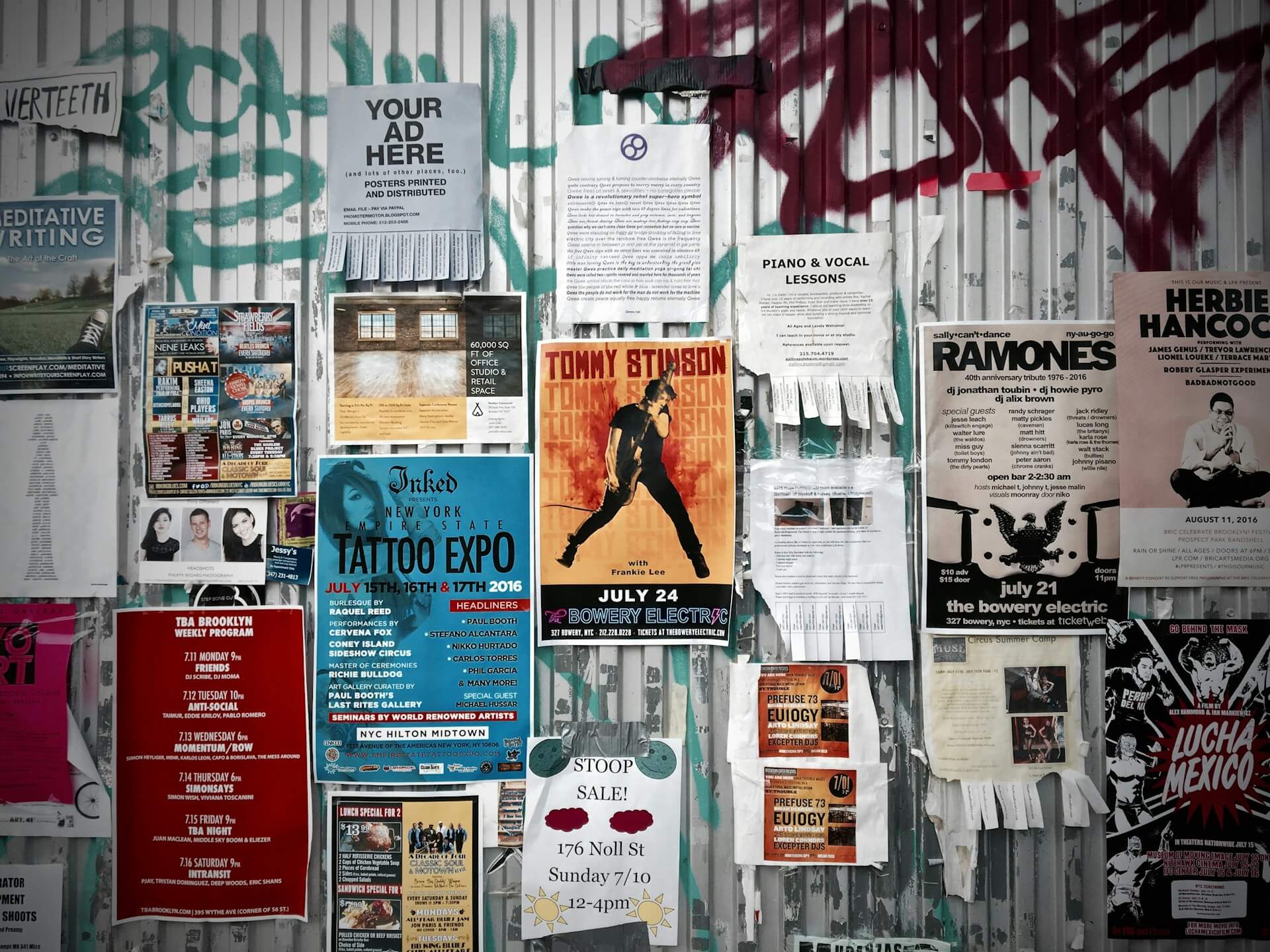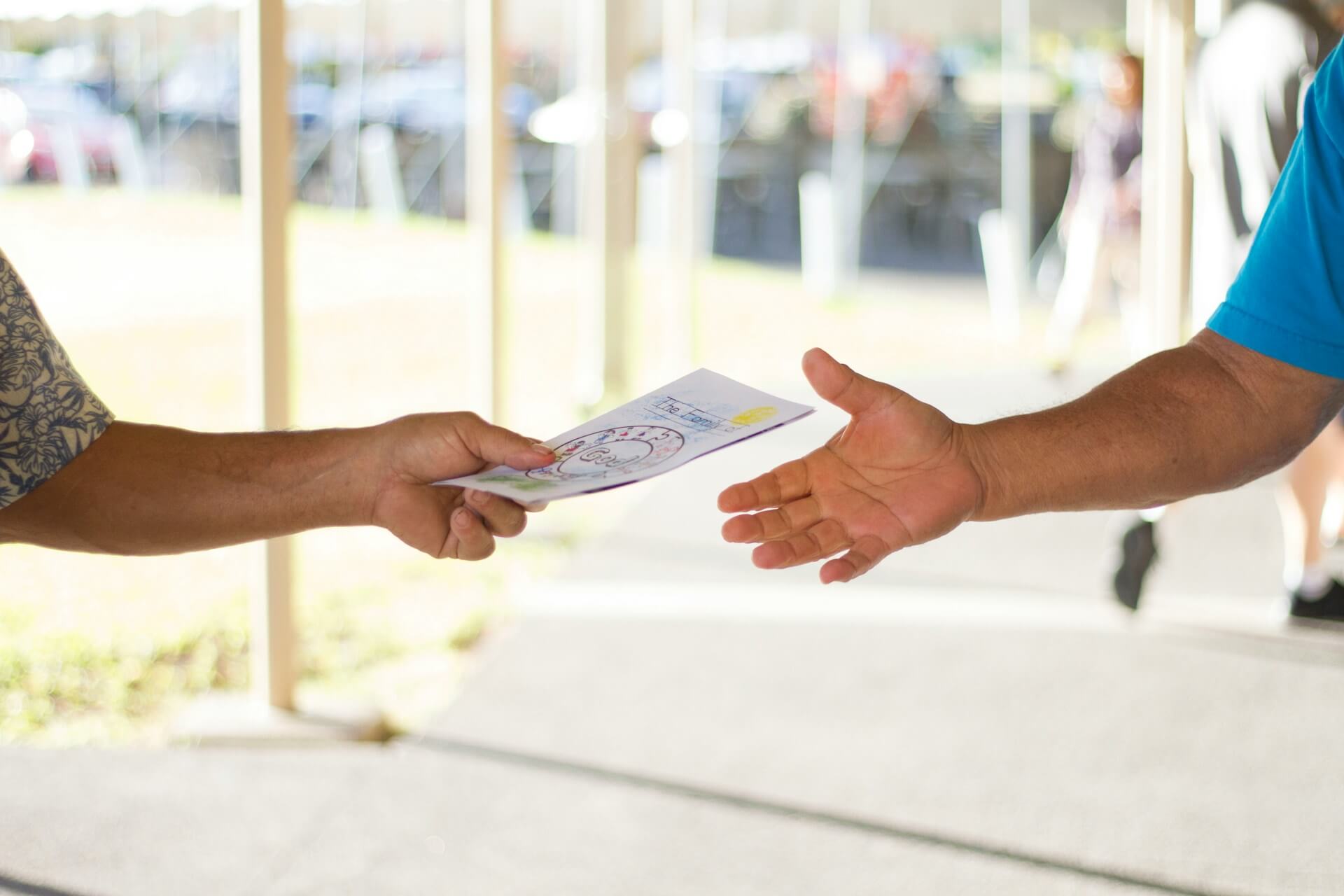The Power of Tangible Marketing in Boosting Property Listings
It's easy to assume that online marketing is the only way to attract potential buyers to property listings as the world grows increasingly digital. While digital strategies like social media advertising, search engine optimization (SEO), and email campaigns have proven effective, tangible marketing—physical marketing materials that people can touch and hold—continues to be a powerful tool in the real estate industry. From postcard marketing to brochures and community events, tangible marketing plays an important role in capturing attention, building relationships, and increasing property visibility. Read below to explore various tangible marketing strategies and how they contribute to boosting property listings.
The Lasting Impact of Tangible Marketing
Although digital marketing is a dominating industry in the twenty-first century, tangible strategies like billboards and direct mail promotions still have a big impact on getting eyes on your listings. One of the main reasons tangible marketing is so effective is its ability to create a lasting impression. Unlike digital advertisements that people can just scroll past or delete, physical marketing materials have a longer lifespan. All kinds of creative postcard designs, flyers, and brochures are often stuck on a refrigerator or placed on a countertop for weeks, serving as a constant reminder of the property or real estate agent behind it. For those looking for a new home, having a constant visual of a promising property will solidify the image in their minds.
There is also something about tangible marketing materials that offers a sensory experience that digital marketing cannot. Holding a high-quality brochure with professional images and detailed property descriptions allows potential buyers to really analyze the listing on a deeper level. This tactile experience creates a sense of trust and credibility, making it more likely that potential buyers will go look at the property or recommend it to others.

Postcard Marketing: A Cost-Effective and Targeted Approach
Postcard marketing remains one of the most effective tangible marketing strategies in real estate. Sending out postcards to targeted neighborhoods, past clients, or potential buyers allows real estate agents to increase visibility and drive interest in their listings.
Benefits of Postcard Marketing
Direct Reach
Unlike social media ads that rely on algorithms and engagement, postcards are delivered directly to the recipient's mailbox. This means that at least one person in a household will have hands and eyes on it at some point.
Personalization
Real estate agents can tailor postcards with property details, local market insights, and personalized messages to create a stronger connection with potential buyers. Many real estate agents choose to give out free notepads, calendars, and other useful stationary with their information clearly displayed at the top so that they can make a deeper connection with their local market.
High Retention Rate
Unlike emails that can be easily deleted, postcards are often kept, pinned to bulletin boards, or shared with friends and family. If the postcard is made of quality materials, it can last a long time and be passed easily from hand to hand.
Cost-Effective
Compared to other advertising methods, postcards are relatively inexpensive and can be distributed in bulk.

The Power of Brochures and Flyers
Brochures and flyers are still a tried and true form of advertising for open houses, property showcases, and face-to-face interactions with potential buyers. These printed materials provide an easy-to-read, visually appealing summary of a property's features, location, and unique selling points. Although there are many real estate apps these days with the same information, many home buyers still like to look at a physical sheet for important information.
How Brochures and Flyers Boost Property Listings
Professional Presentation
High-quality brochures elevate the perceived value of a property, making it more appealing to potential buyers. These are a great mail-in option for people who are interested in local listings and can be displayed in real estate offices when clients come in to discuss options.
Easy Distribution
Flyers can be handed out at events, placed in community centers, added to swag bags, and distributed at local businesses. Although it seems increasingly impossible, people do look up from their phone screens every once in a while, and when they do, their eyes will be drawn to high-quality images like those on posters.
Comprehensive Information
Unlike short online ads, brochures can contain detailed descriptions, floor plans, and high-resolution images to give buyers a complete picture of the property. This is great for people who don't have time to go to a lot of viewings and need to narrow down their search while still living their busy lives.
Signage and Outdoor Advertising
Yard signs, banners, and billboards remain some of the most traditional and useful tangible marketing tools. A well-placed "For Sale" sign can generate local interest and word-of-mouth marketing. Placing directional signs leading to open houses or major roads is also a great hack and can attract potential buyers who may not have otherwise considered the property.
Advantages of Signage
24/7 Marketing
Unlike digital ads with limited runtime, physical signs are visible day and night and can stay up as long as needed. Likewise, billboards on the sides of highways get lots of eyes on them all day and night because it is one of the rare times when advertisers have people's undivided attention.
Local Market Penetration
Many buyers prefer to purchase homes in specific neighborhoods. Seeing a sign in their desired location increases interest.
Brand Awareness
Repeated exposure to an agent's signage builds brand recognition and credibility in the community. Placements on bus benches and public transportation are great for grabbing the attention of commuters who will see the advertisements at least once every day.
Community Involvement and Networking
Engaging with the local community through events, sponsorships, and networking opportunities can also serve as a powerful tangible marketing strategy. Hosting neighborhood meet-and-greets, attending local business expos, or sponsoring community events helps build relationships and trust with potential buyers and sellers. The more a realtor knows about the community, the better they can advertise their listings and networking is good for all kinds of business negotiations.
While digital marketing has transformed the real estate industry, tangible marketing remains an indispensable tool in boosting property listings. Postcard marketing, brochures, signage, and community involvement all contribute to increased visibility, credibility, and buyer engagement. By using these tangible strategies in addition to digital efforts, real estate professionals can maximize their reach, build stronger connections, and ultimately drive more successful property sales.
